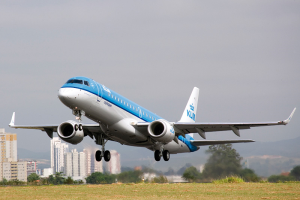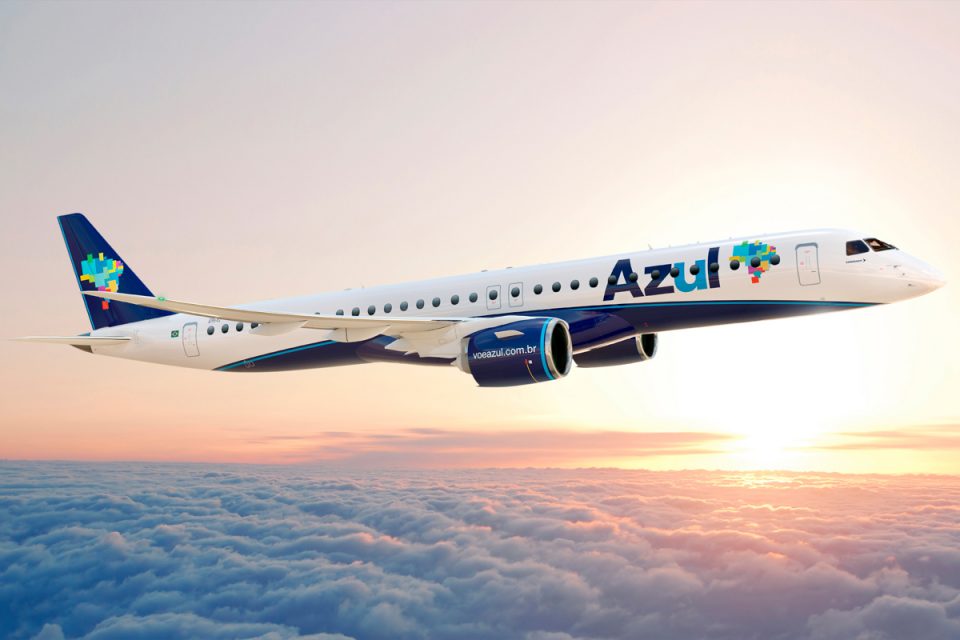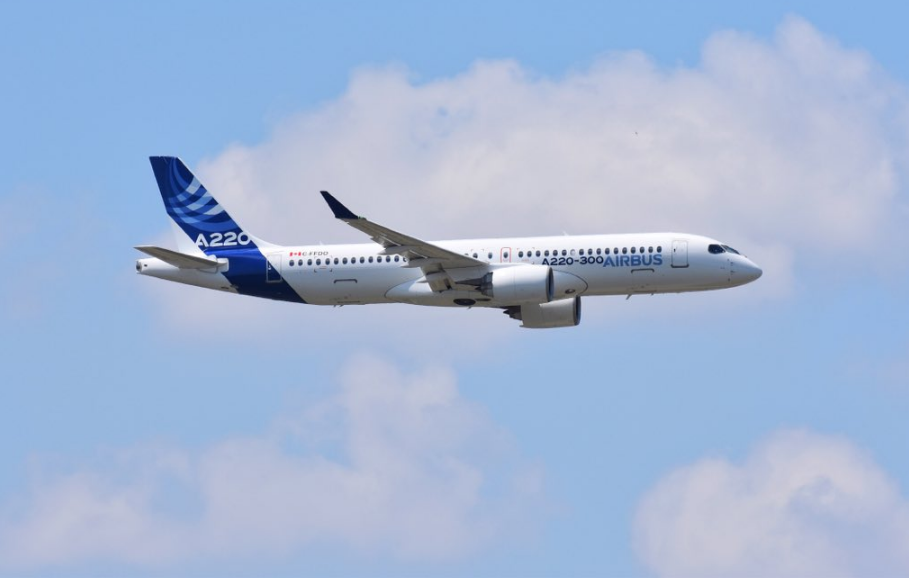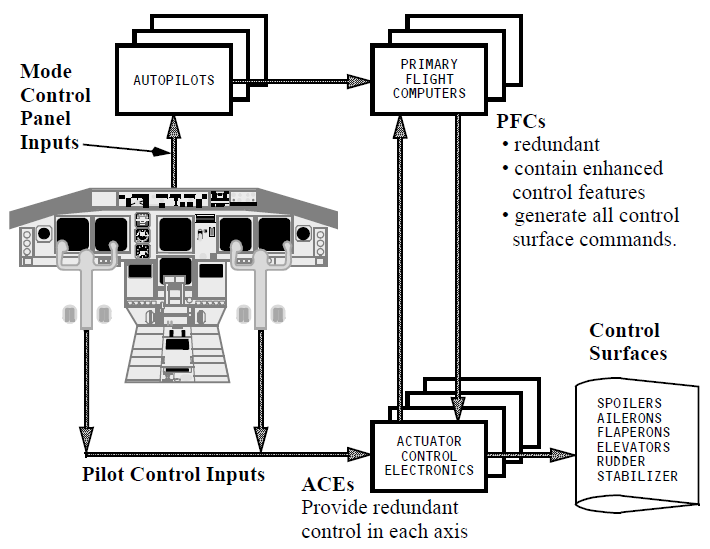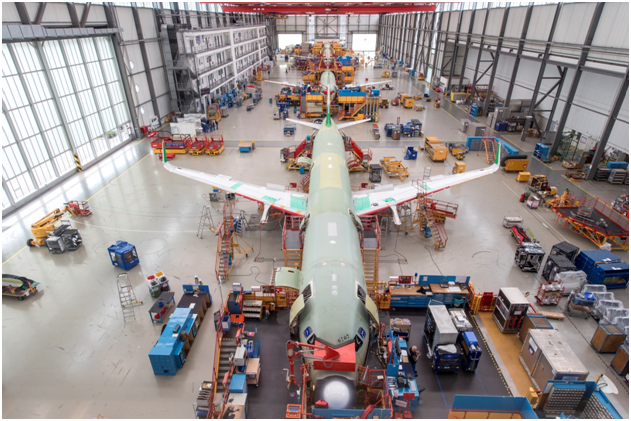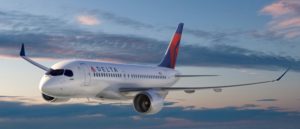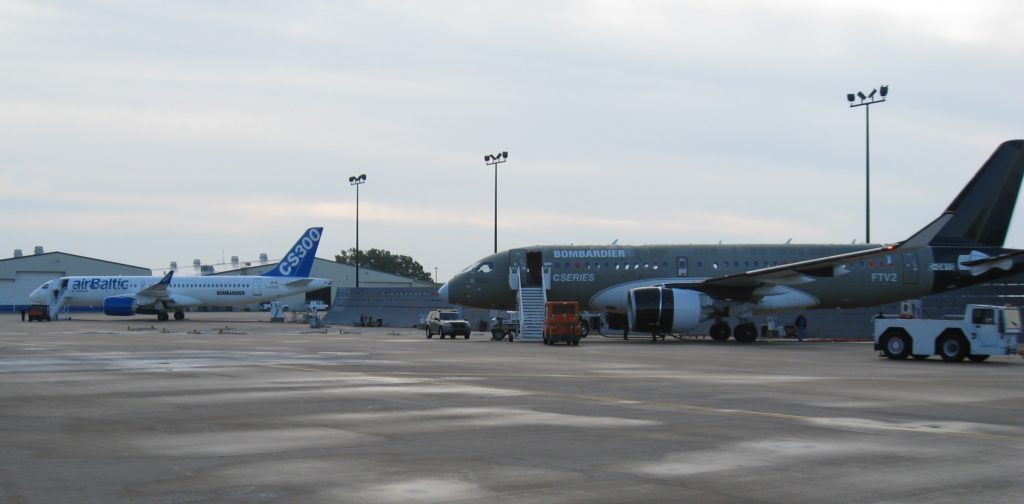Leeham News and Analysis
There's more to real news than a news release.
Regional Aircraft production
Subscription Required
By Vincent Valery
Introduction
Nov. 22, 2021, © Leeham News: Last week, LNA looked at Airbus and Boeing’s planned twin-aisle production rates. We now turn our attention to production rates in the regional aircraft market.
The production of the Mitsubishi Heavy Industry-owned CRJ ceased earlier this year, while De Havilland of Canada’s Q400 will also end soon. Few expect production on the latter program to restart.
MHI also halted the development of its MRJ/SpaceJet, with a program restart unlikely at this point. These exits mean that ATR and Embraer will be the only major regional OEMs outside China and Russia.
ATR announced plans to raise its combined ATR42 and ATR72 production to 50 aircraft annually. LNA will investigate whether the turboprop’s order book justifies such an increase.
LNA will separately analyze the Embraer E175 and E-Jet E2 production. Since the E-Jet E2 Embraer program competes with Airbus’ A220, we will also look at production plans on the latter.
Summary
- An optimistic ATR production plan;
- Comparing E175 and E Jet-E2 production;
- Steady A220 production plans;
- Orders at risk;
- Other OEMs.
Outlook 2021: Turboprops challenged
Subscription Required
By Judson Rollins & Bjorn Fehrm
Introduction
Jan. 11, 2021, © Leeham News: COVID-19 may ultimately prove to be a net positive for turboprop manufacturers. Near-term orders will be pinched just as for jets, but a long-term loss of business travel and the resulting impact to airline yields will make turboprops’ superior unit costs appealing for shorter missions.
Turboprop engines create their thrust with a very high bypass ratio. The result is 30% better fuel economy than a jet. But it also means 30% lower speed. This limits turboprops to stage lengths to about half that of jets.
The market-dominating ATR and De Havilland Canada (DHC) turboprops use this base efficiency to compete against newer regional jets despite having designs which are 20 years older.
Summary
- Turboprops have attractive economics, making them a larger part of the market post-COVID.
- ATR-72, DHC-8-400 turboprops are old designs.
- The only new turboprops come from Russia (Ilyushin I-114) and China (Xian MA700), limiting their market reach.
- Embraer is keen to enter the market with a new clean-sheet design.
- Continued dominance by ATR, DHC depends on whether Embraer goes ahead.
Pontifications: Assessing the impact of COVID-19: today’s take
April 6, 2020, © Leeham News: It’s going to be quite a while before there is a clear understanding how coronavirus will change commercial aviation.
LNA already touched on impacts to Airbus, Boeing and Embraer. None of it is good. For Boeing, burdened with the additional stress of the 737 MAX, is in the worst position. Even when the MAX is recertified, there won’t be many—or any—customers in a position to take delivery of the airplane.
Bearing in mind that what’s true today will change in a day, or even an hour, let’s take a rundown of where things seem to stand now.
Embraer presents 3Q2019 results.
By Bjorn Fehrm
November 12, 2019, ©. Leeham Co: Embraer announced its 3Q2019 results today. The company delivered a report which disappointed analysts regarding revenue, earnings and free cash flow. Commercial deliveries were 17 jets (15 in 2Q2018) but only two of these were of the E2 generation. Total E2 deliveries now stand at eight jets after 18 months of deliveries, a very low figure.
The Joint Venture with Boeing is now delayed as the European Union says it sees a risk for diminished competition in the Airliner market. Embraer will close the carve-out of the Commercial Aircraft division and its services at the end of the year while waiting for final approvals.
Embraer’s E195-E2 or Airbus A220-300 under 150 seats? Part 4
By Bjorn Fehrm
Subscription required
Introduction
October 10, 2019, ©. Leeham News: We have over the last weeks analyzed what aircraft to choose for the segment 120 to 150 seats, comparing Embraer’s E195-E2 with Airbus A220-300.
After looking at fundamental data, drag data and fuel consumption and other costs for the aircraft, it’s now time to summarize the series by looking at what route networks the aircraft are suitable for.
Summary:
- The E195-E2 and A220-300 address the segment market segment under 150 seats.
- They have similarities but also differences.
- These differences have made an early adopter operate both types over different types of networks.


